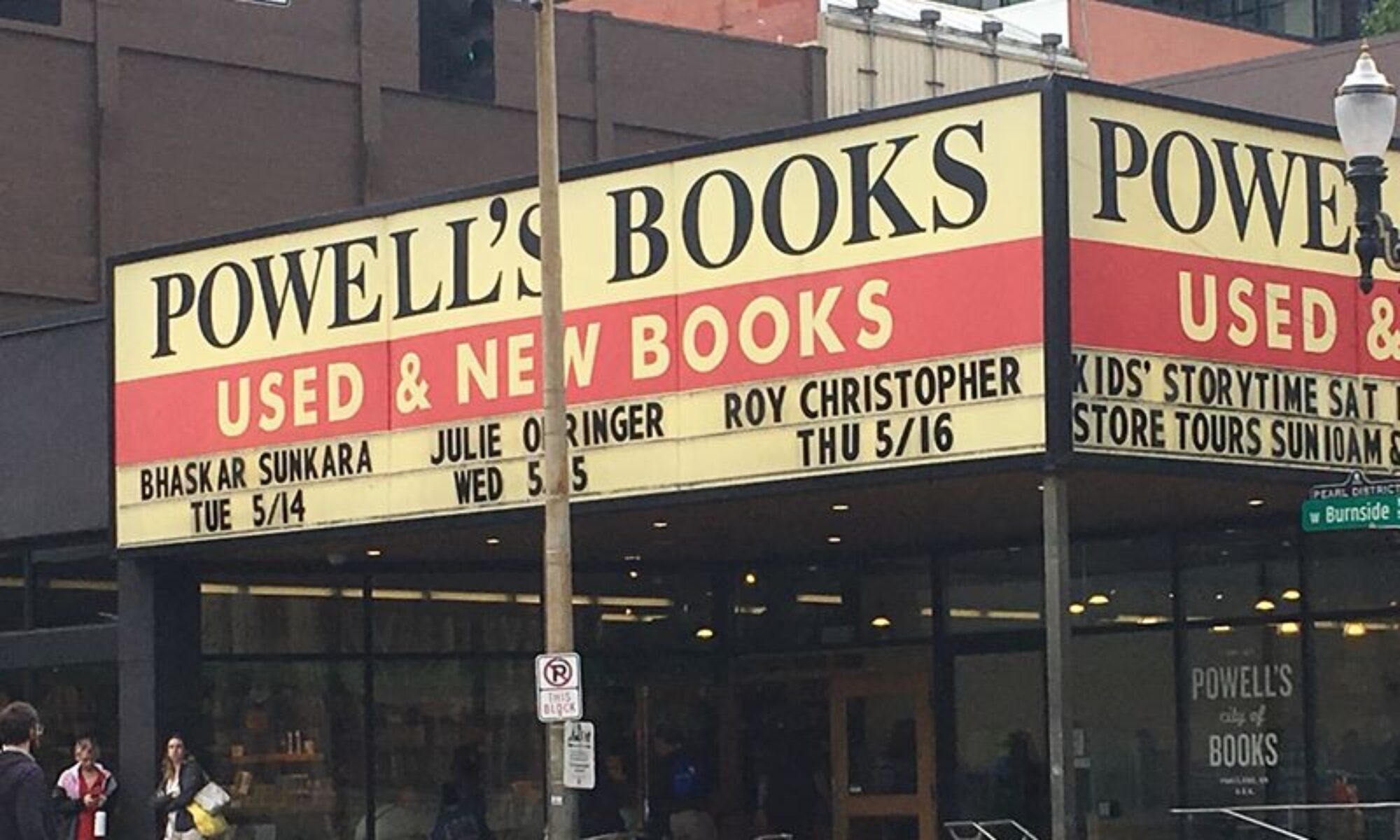With 2010’s emergence of Aesop Rock and company’s art-driven 900 Bats website and the death of Peter Christopherson, I got to thinking about inspiration for art and design and, well, inspiration in general. I just read Scott Belsky’s Making Ideas Happen (Portfolio, 2010; with thanks to Matt Schulte for the tip). His book and Havi Brooks‘ Tweets keep me thinking about what I find inspiring and–often more importantly–motivating (they’re not the same thing).
I don’t draw or do traditional art work as much as I used to, but I still feel very much informed by that world’s processes and struggles. My man Sean Walling will send me something once in a while that inspires a day in the sketchbook, Dave Allen will post something that sends my head in a different direction, or Jared Souney will do some one-off shirt design or post a rad photo that gets me stoked. A lot of this stuff gets lost in the ephemera of the electronic flow of the web (e.g., Twitter streams, status updates, etc.), and I used to try and collect it once in a while (as Dave has been doing with his Friday Awesomeness Files). As we move into a new year, here is a new attempt to collect and catalog inspiration.
As TEDxAustin Tweeted earlier today,
@TEDxAustin: Reviewing 2010? Planning 2011? We wish you a compassionate eye with a tendency toward celebration as you do.
Jared quite often inspires me with process. Like me, he comes from the pre-web era of “real” photography, handmade ‘zines, and photocopy art. When he posted the Polaroid transfer above earlier this year, it reminded me how much of my thinking still happens via analog means. Now don’t get it twisted, I wouldn’t trade my computers for a typewriter, but when it comes to art and design work, I often find myself near the copy machine with paper, scissors, Sharpies, and gluesticks in hand before I complete something in Photoshop (you already know how I am about my notebooks). As was the case with the logo I did for the University of Texas’s American Studies “Fault Lines” conference this fall.
Point being that processes are often endemic to the finished product. This summer I visited Full Sail University in Orlando, Florida, and I was struck by the way they set up their classes. If you study character design (for animation or games), you go through classes on illustrating, 3-D modeling, and animating by hand before you ever touch a computer. It made so much sense to me: Finding the core process of your project informs the finished product.

The periphery influences the process as well. Design professor Peter Lunenfeld and I once had a discussion during which we talked about things we thought with and through. For example, one of my many side interests is architecture. I don’t understand most of what goes into designing buildings or living spaces, but I find the process and thinking about it inspiring. I was reminded of that discussion when Oleg Mokhov posted his Beastie Boys Guide to More Creative Designs in which he “thinks through” the Beastie Boys lengthy, storied, and successful career as a guide for creativity. The tenets of his brief guide are these:
- Be the outsider
- Fuse separate styles together
- Add subtle humor
- Don’t repeat your past work
- Be open to collaborations
I can stand behind those 100%.

I just found a t-shirt emblazoned with T.I.’s Paper Trail (2008) cover art by Ian Wright, and was reminded of its impact on me when it came out. It’s somewhere between Salvador Dali’s “Gala Contemplating the Mediterranean Sea” and Chuck Close‘s grid-portraits. Here’s a quote from an MTV interview with T.I. from July of 2008, with a little about the cover:
We didn’t want to just do a typical cover, especially for my sixth album. I wanted to try something a little more different. The illustration for Paper Trail pays an obvious homage to my rekindled affinity for writing my lyrics down as well as displays my commitment to keep my art slanted towards the abstract.
Often inspiration just comes from seeing something done well. Here are a few other things that keep me going:
- Books of all kinds
- Infographics: In spite of the overload, I still love ’em
- Mind-mapping: The Periodic Table of Visualization Methods
- Skateboarding, bicycles, and rock-climbing
- Stand-up comedy
- Traveling
- Inspired and motivated people
One of the challenges of creative work and staying inspired and motivated to do it is paying attention to your natural tendencies in an attempt to fight or change them (both Scott Belsky and Havi Brooks address this struggle in their work). Knowing what gets you going is part of that challenge. As I told a colleague of mine recently, remember that you are defined not by what gets you down, but by what gets you off.



